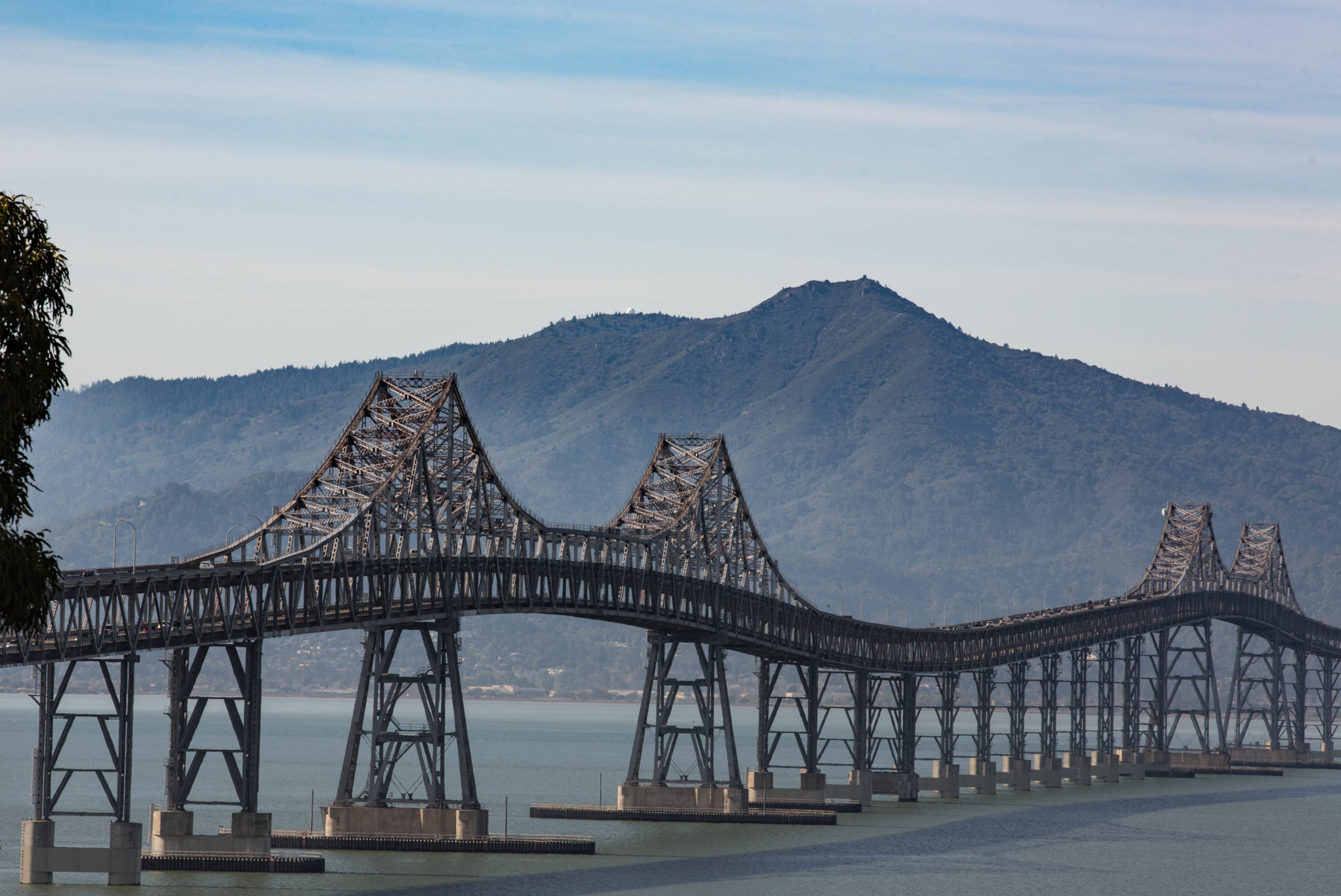Sunday morning: Still raining.
We’ve had .42 of an inch so far today (it’s 1:30 p.m. daylight-saving style) to go with the 6.48 over the past nine days.
The rain has prompted me to return to an old wet-weather routine that Kate and I have called, in a nod to a favorite writer and a favorite series of articles in The New Yorker, “the control of nature.”
When we moved into our house in April 1988, it was noted in some document somewhere that there was a sump pump on the premises. I found out where the pump was and why it was there the following winter.
Our house has a crawl space. Our lot is on a slope paralleling the course of Schoolhouse Creek. The stream itself has been moved underground, but as we found out one very wet December day a little more than 10 years ago, too much water arriving all at once can, along with a clogged storm drain upstream, bring the creek back above ground.
Water appears less dramatically in our crawl space, and that’s why there’s a sump pump down there.
Usually, a murky pool will gather in a spot that’s been excavated to allow access to the crawl space. Sometimes, as in deluge that arrived early the morning of New Year’s Day 1997, the space will start to fill. That was the one and only occasional the pump, installed in a little concrete well built around our floor furnace to keep the heater from getting flooded, turned on.
Perhaps one reason the pump hasn’t been more active is because I try to keep the crawl space drained when I see water gathering there.
Control of nature requires gravity and a garden hose. I take the full hose, stick one end of it into the watery crawl space. Then I run the hose down the driveway — 30 to 40 linear feet and 3 to 4 vertical feet — to the street.
I set the hose running last night about 9 o’clock. It’s still running. How much water has come out of there in that time?
I tried to calculate the rate by measuring the flow into a 1-cup measure (yes — this has the possibility of introducing a large error; but let’s just agree I’m not being perfectly scientific). In four trials, the cup filled up in about 6 to 7 seconds. Based on that, I figure somewhere between 32 and 38 gallons are draining out every hour. And that would put the total for the 15 hours or so the thing has been running at 480 to 570 gallons. Which is more than I would have guessed.
